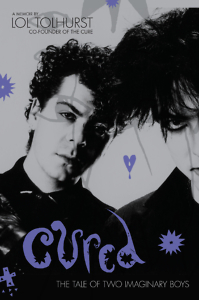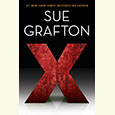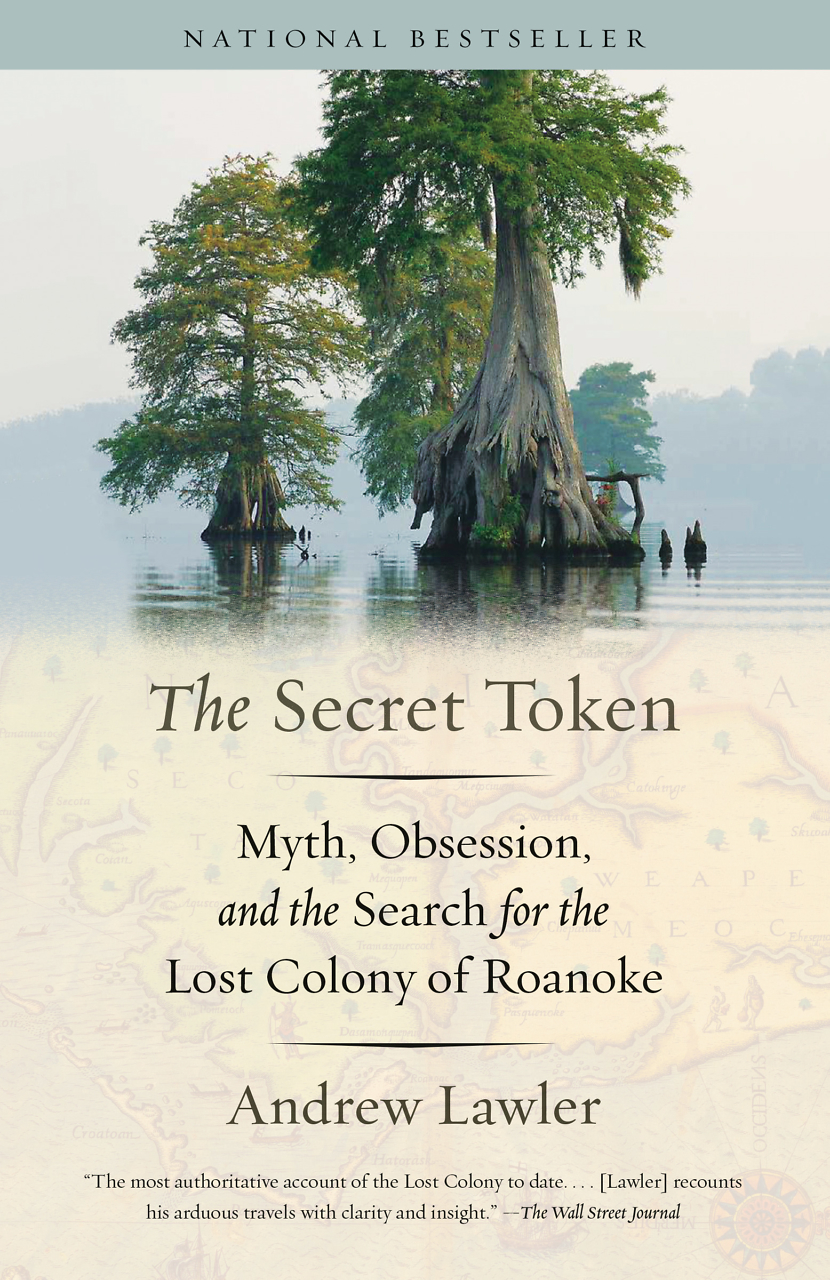Taking the Cure
Lol Tolhurst’s memoir tells a story of friendship and music
On the first page of his new memoir, Cured: The Tale of Two Imaginary Boys, Lol Tolhurst firmly acknowledges the musical and social philosophy that transformed and eventually saved his life: “Most people don’t associate The Cure with punk, but Robert and I were the very first punks in Crawley,” writes the former drummer and keyboardist of the British rock band.

Tolhurst’s embrace of the word “punk” might surprise many fans of the Cure. From their 1979 debut, Three Imaginary Boys, the band seemed to embody an almost anti-punk sound and appearance. Instead of anger and fury, Robert Smith’s introspective lyrics on songs like “Killing an Arab” and “Boys Don’t Cry” expressed existentialist angst, emotional vulnerability, and a darkly wry sense of humor—lyrics propelled by bouncy pop rhythms from drummer Tolhurst and bassist Michael Dempsey. Formed in the West Sussex hamlet of Crawley (a southern suburb of London), the trio’s androgynous Caligari-esque stage appearance marked them as outliers from the swagger of London punks. All these factors combined to make the band an unconventional hit-making machine and led to their revered position as one of the progenitors of both ‘80s alternative rock and the “Goth” subculture.
But Tolhurst is referring to the underlying philosophy of the punk movement rather than the specific musical style. For teenagers growing up on the middle-class streets of Crawley in the 1970s, the simple desire to be different from others was a rebellion of the highest order. “It didn’t take much to stand out in Crawley in those days,” Tolhurst writes. “Conformity was the rule. To be different was to declare oneself exceptional, and that was an affront to English manners… We didn’t care. We didn’t believe in stereotypes. When I was told that an earring in my right ear was the equivalent of declaring to the world that I was gay, which I wasn’t, I promptly had it pierced twice.”
 Tolhurst’s partner in nonconformity was his childhood friend Robert Smith. Though they were inspired by the London music scene, Crawley’s relative isolation led them to develop their own style, one that appealed to a broad spectrum of fans. At one of their first London gigs, for example, the band unexpectedly found themselves performing to an audience that included a large number of white-nationalist skinheads:
Tolhurst’s partner in nonconformity was his childhood friend Robert Smith. Though they were inspired by the London music scene, Crawley’s relative isolation led them to develop their own style, one that appealed to a broad spectrum of fans. At one of their first London gigs, for example, the band unexpectedly found themselves performing to an audience that included a large number of white-nationalist skinheads:
We braced ourselves for the worst as the expressions on the skinheads’ faces turned from confusion to anger to hate… As the skinheads prepared their assault on the stage, they were held back by a bare-chested skinhead with an enormous tattoo of an eagle on his sweat-covered chest. He moved toward the stage, clapping his calloused hands together and smiling from ear to ear. Bloody hell! He liked us! His enthusiasm proved to be infectious. Soon all the skinheads were dancing to “Boys Don’t Cry.”
As the Cure’s career took off—with hit records accumulating and audiences growing ever larger—the band became international superstars. Despite this stratospheric success, Tolhurst unwinds his story with street-level language and an eye for detail, keeping the story grounded with his own impression of events. What could have been a clichéd tale of musical success is instead an intensely personal memoir that will engage readers regardless of their familiarity with the Cure. As Tolhurst sees it, he and Smith remained schoolmates whose friendship was grounded in a mutual desire to imagine a world beyond the drabness of their upbringing. That outlook carries his story through increasing problems with drugs and alcohol, addictions that led to his firing from the Cure in 1989, and his eventual reunion with his closest childhood friend and musical collaborator.
Cure fans hoping for a detailed history of the band will find Tolhurst’s book lacking in scope, but as a gripping and inspiring personal account of the transformative and redemptive power of friendship and music, Cured: The Tale of Two Imaginary Boys is a superbly satisfying tonic.

Randy Fox is a freelance writer whose writing on music and pop culture has appeared in Vintage Rock, Record Collector, The East Nashvillian, Nashville Scene, Jack Kirby Collector, Hardboiled, and many other publications. He lives in Nashville.


